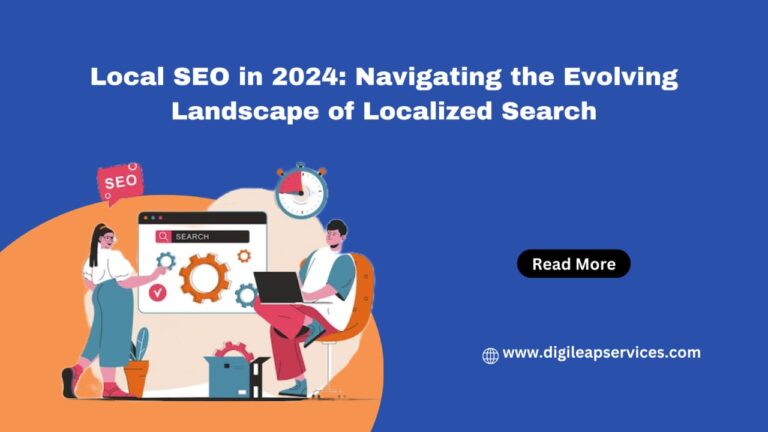Understanding and Implementing Content Marketing Strategies
Making and sharing useful, appropriate information is known as content marketing. The objective of content marketing strategies is to increase, engage, and keep your audience.
A successful content marketing strategies is a fantastic approach to advertising your brand. And ideally, you want to help customers differentiate your company from the competition when they are ready to buy. In order to expand your audience and accomplish several business objectives, you must have a detailed strategy for producing and delivering content. Examples of content marketing include:
· Blog
· Emails Newsletters
· Social media platforms
· Podcasts
· Ebooks
· Videos
It’s a great idea to execute a content marketing strategies, but it requires a lot of work to produce the desired results. To create a successful content marketing plan, follow this 8-step process.
- Set Your Course and Objectives
All successful strategies aim to achieve some sort of objective. The following objectives are just a few that firms can accomplish using content marketing if done right:
· increase in website traffic
· growth in lead generation
· greater brand visibility and recognition
Because content marketing requires time, effort, and resources to operate effectively, your goals must be SMART— specific, measurable, attainable, realistic, and timely.
- Choose Your Audience
Instead of speaking to everyone, your material needs to communicate to a certain audience. Depending on your profession, you might need to generate content for a variety of different types of people. When this is the case, you should develop what is referred to as consumer personas. The detailed annoyances of your various audiences are defined by buyer personas, including:
· demographics
· personal preferences and
· behavior
· purchasing customs
· favored online content
- Develop Your Voice
Everyone is producing and sharing content regardless of occupation or sector. By developing an original and distinct voice for your company, your material needs to stand out from the competition. Your audience will notice any sudden changes in tone, positioning, or stance in your material. Thus it is important that your brand voice remains constant throughout your content marketing campaign.
- Choose the content channels
There are numerous platforms, techniques, and channels through which your material can be shared. Common choices include:
· public relations blogs
· social media
· email advertising
· marketing through search engine optimization (SEO)
· Pay-per-click promotion
The platforms you use for content distribution are closely tied to the kind of business you run, your target market, and your sector. Your business might find success with one content channel but not with another. Spend some time testing several channels to see which one meets your aim the most effectively.
- Plan Your Approach
You can start planning out the kind of content you need to produce once you’ve established your goals, audience, brand voice, and the content distribution platforms you’ll use. Choose a topic first. In addition to having a strong call to action, like calling your business, your topic needs to be one that your audience will connect with. You must choose your ideal content types in addition to a theme, which could be any of the following:
· blogs and publications
· news articles
· podcasts, videos, booklets, whitepapers, webinars, and infographics
You’ll soon start to create your own special method of content planning. Do not worry if your method of planning differs from that of another person’s strategy because no two content plans are the same.
Use editorial content calendars to schedule your content kinds and subjects across your strategy as a quick tip.
- Application of Your Plan
You must arrange a time to complete the work once you’ve decided what kind of material needs to be produced, published, and distributed. You might discover that there aren’t enough internal resources for content marketing. If you don’t have enough writing talent on staff, you can hire a content writer.
- Evaluating Progress
The beauty of content marketing is that you can use your strategy to gather qualitative and quantitative data. While quantitative data can include the number of conversions, social shares, or website visitors, qualitative data can include reader comments and user-generated content. You must assess your efforts if you want to have a content marketing plan that is effective and ever-evolving. Content marketing strategies can never be flawless because there is always room for improvement in terms of consumer and business benefits.
- Incorporate Your Results
Based on past performance, content marketing lives on adaptation. Never be afraid to experiment with new material formats, different distribution strategies, or any other strategies you come across because you can never be sure of the results unless you give them a shot.
For more such insightful content on digital marketing, contact Digileap Marketing Services to improve your digital marketing strategy.












